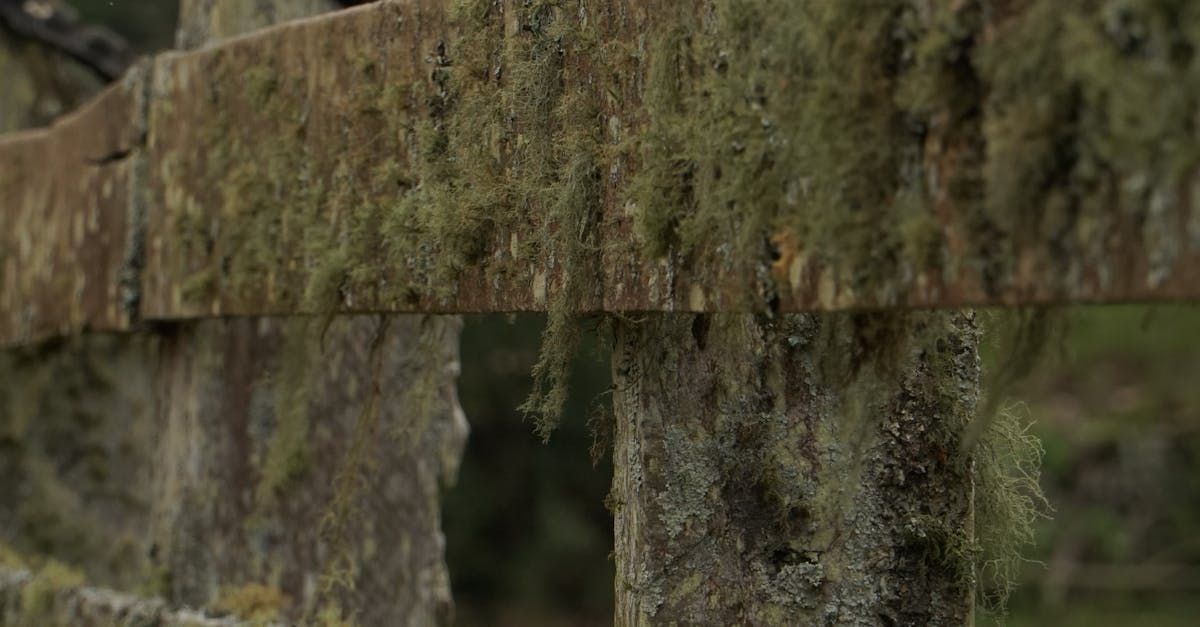Which Side Of The Fence Do I Own In My Back Garden?
Understanding Fence Ownership In Reading And The UK
Perhaps you’ve noticed some damage or rotting on one side of your fence, or it’s been blown down by strong winds overnight. Regardless, prompt action is essential to protect your property.
But is it your responsibility to arrange and pay for the
fence repairs, or does it fall on your neighbour’s side?
Garden fence responsibility can often lead to disputes between neighbours, particularly regarding legal ownership. Our first advice would be to calmly discuss any issues with your neighbour and resolve them amicably. However, if they are uninterested, it’s crucial to understand the legal responsibilities.
In this article, we explore methods to determine ownership of garden fences to help resolve potential issues with neighbours.
Identifying Ownership by Observation
There’s no set rule about whether you own the fence on the left or right side of your property. Disregard any hearsay that suggests otherwise – ownership can vary. A practical way to determine your responsibility is by observation. While not foolproof or legally binding, visually inspecting the fence can provide a good indication. Here’s how:
Walls and fences typically align with the boundary owner’s land, with the outer face often marking the boundary itself. This practice usually means the installers positioned the fence so that the more aesthetically pleasing side faces the neighbour’s property. Ideally, this principle applies reciprocally, ensuring fairness among neighbours with each having a "good" and "less good" side.
However, this isn’t always the case, so how can you definitively resolve this?
Determining Ownership through Title Deeds
For an authoritative answer, consult your
property’s title deeds. These documents are typically provided during the house purchase process, and if misplaced, your conveyancing solicitor can assist. If not detailed in the plans, confirmation can be sought from the
Land Registry.
The ownership is often marked with a 'T' symbol denoting one side of the boundary. A 'H' symbol (essentially two 'Ts' joined) indicates joint ownership of the boundary, necessitating collaboration on maintenance responsibilities. Options include sharing maintenance costs equally or alternating responsibilities.
If you prefer sole ownership, there’s a formal procedure to buy out your neighbour’s share, requiring a legally documented transaction.
Expert Advice on Fencing
We trust this guide clarifies your questions about fence responsibilities and helps resolve any disputes with your neighbour. For further guidance, the Land Registry offers comprehensive information on this subject. If needed,
Reading Council’s planning department can provide assistance, or legal counsel from solicitors can offer further advice.
For expert advice on fencing Reading customers should contact our dedicated team today on 0118 3383948 – we’re here to assist you.
Call us today for a free
no obligation quote
Location
66b Cressingham Road, Reading RG2 7JR
info@fencingreading.co.uk
Call
0118 3383948
Working hours
- Mon - Sun
- Open 24 Hours
All Rights Reserved | Fencing Reading

